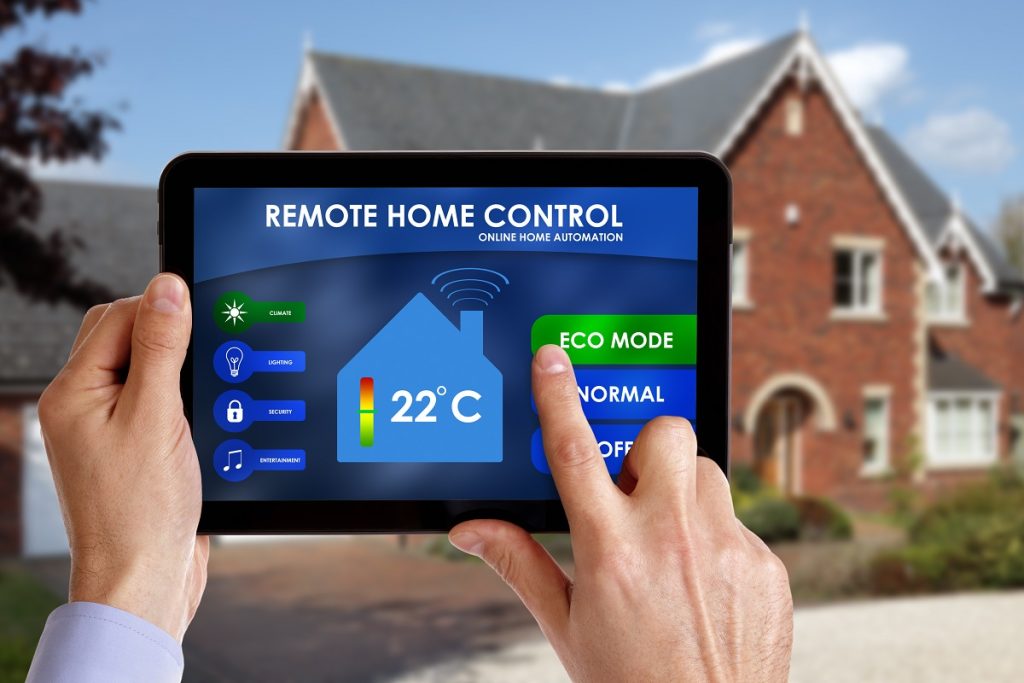- The UK’s winters can be harsh and unpredictable, making household heating essential and preparation crucial.
- Poor insulation, leaky ductwork, old windows, poorly sized heating systems, and worn seals are common causes of cold homes.
- Checking for drafts and leaks, updating insulation, replacing old windows, and ensuring a well-sized heating system can prevent cold homes.
- Unique heating solutions are available for different rooms, such as bathroom heated towel racks, living room ceiling fans, and bedroom warm bedding.
- Understanding and addressing these causes of cold homes can lead to a warm and comfortable winter environment.
Do you always feel like you live in an igloo, no matter how high you turn up the heater? A cold and drafty house can be very discomforting. Luckily, it is fixable if you understand some of the leading causes of cold homes. Here’s what you need to know about winter weather, its leading causes, and how to deal with it.
Winter Weather in The U.K.
Winter temperatures are estimated to drop as low as two to seven degrees Celsius, with occasional drops below that range. The U.K. is known for its unpredictable weather patterns, making it difficult to know exactly how cold it will get during winter. However, it’s safe to say that you should always be prepared for freezing temperatures and snowfall, no matter where you live in the country.
Leading Reasons for a Cold House
There are several reasons why your home may feel cold during the winter. Here are some of them:

1. Poor Insulation
One of the most common reasons why homes are usually cold is poor insulation. If your home isn’t insulated correctly, heat will escape, and cold air will creep in. If your home is cold, it could indicate that your insulation needs to be updated. Check your attic, walls, doors, and windows for any signs of drafts.
2. Leaky Ductwork
If your home has a forced-air heating system, leaky ductwork might be the leading cause of your cold house. It can lead to cold spots in your home, drastically affecting your home’s interior temperature. If you haven’t had your ductwork inspected or cleaned in a while, there is a high chance of leaks, resulting in huge energy losses. Hire a professional to come and inspect your ductwork for leaks, buildups, or blockages.
3. Old Windows
Your home windows may cause a lot of cold air penetration during cold seasons. Consider replacing old or damaged windows with energy-efficient models if you have old or damaged ones. Not only will you enjoy a warmer home, but you will also save on energy costs in the long run.
4. Improperly Sized Heating System
Another reason your home might be very cold is that it has an undersized heating system. If the heating system is small for your home, it will take too long to heat it and will fail to keep up with the cooling. Ensure your heating system is sized correctly to keep your home warm and comfortable.
5. Poor Seals
The seals on your doors and windows may shrink or crack over time and cause air leaks. This, in turn, leads to energy waste and cold air entry into your home. Inspect all seals and replace any damaged or worn-out seals.
How to Heat Various Parts of Your Home
There are also some unique ways you can heat various parts of your home. Here are some of those ways:
Bathroom
The bathroom is one of a house’s most challenging rooms to heat. A heated towel rack is the best way to keep your bathroom warm. It warms your towels and adds extra heat to the room. You can look up an electric towel rail for sale online so that a warm towel is waiting for you when you get out of the bath or shower. This way, you’ll be warm and cozy when you leave your bathroom.
Living Room
The living room is usually the most used in any home. To keep it warm, you can use a ceiling fan on reverse mode to circulate the hot air downwards. A fireplace or a space heater are also great options for heating a living room quickly.

Bedroom
The bedroom is where you want to be warm and comfortable, especially in winter. Use bedding, such as thick comforters and flannel sheets, to warm your bedroom. Place a hot water bottle or an electric blanket under your covers before bedtime to create extra warmth.
Living in a cold house during the winter is never pleasant, but fortunately, there are ways to fix it. Understanding the leading causes of a cold home and implementing some heating strategies can ensure your house is warm and cozy all season. Don’t let the winter weather get the best of you – take control and make your home a comfortable haven for those chilly days.






